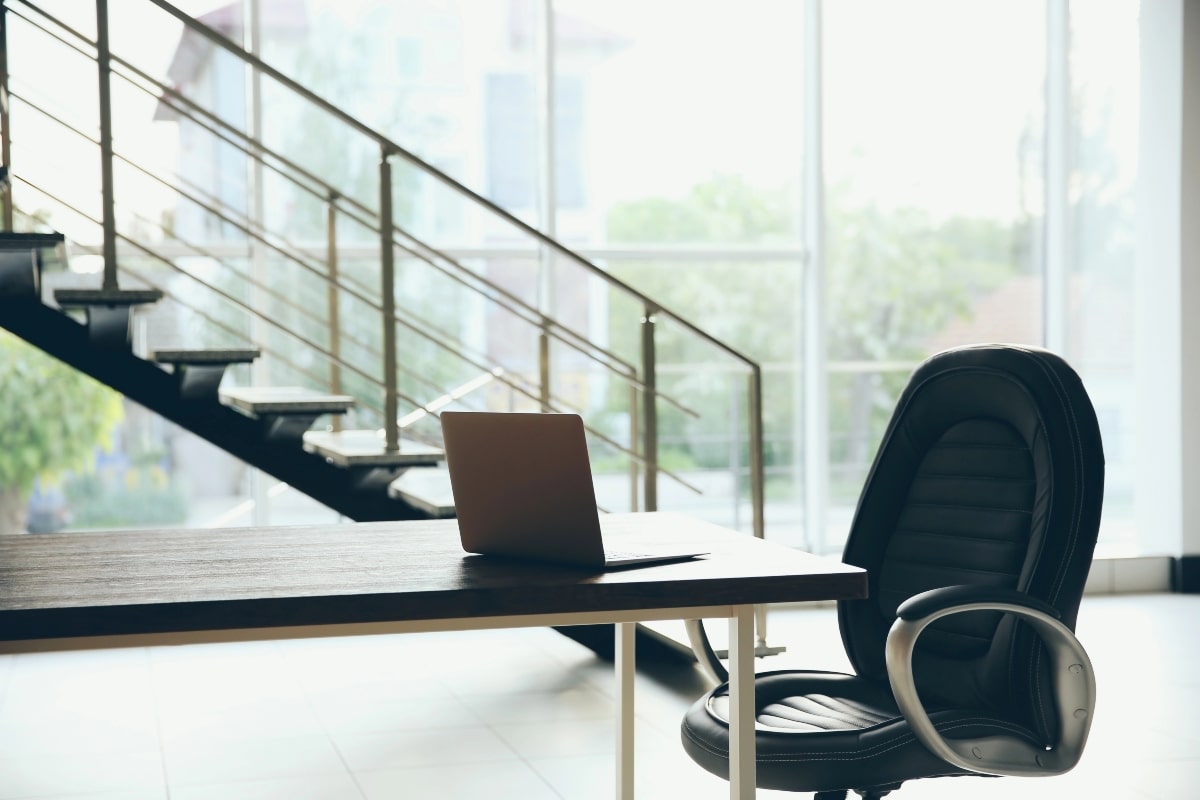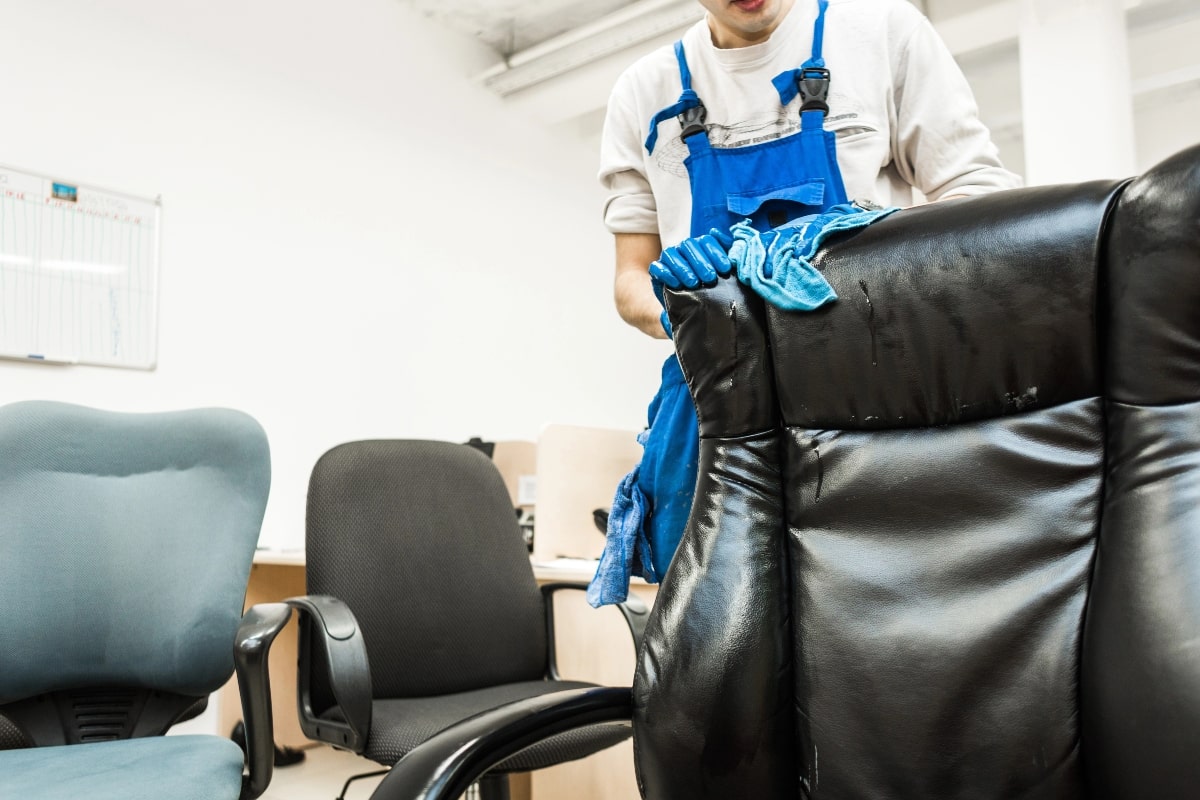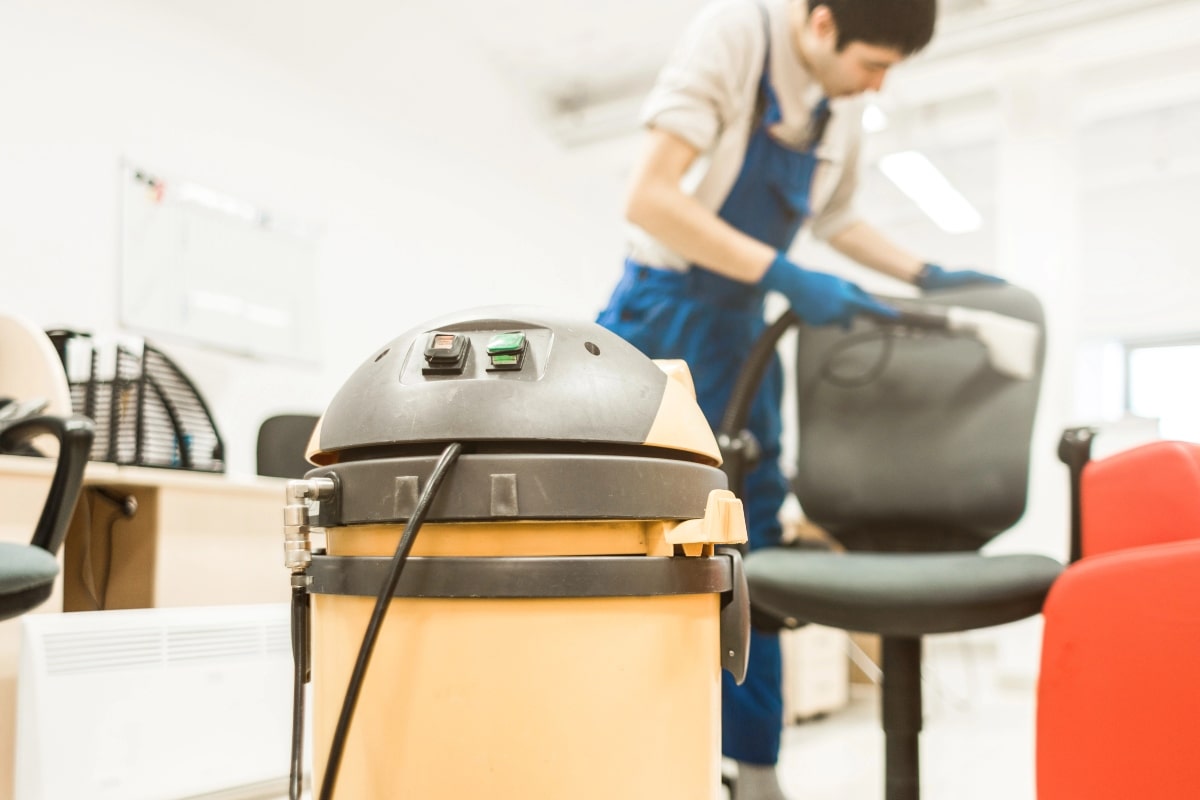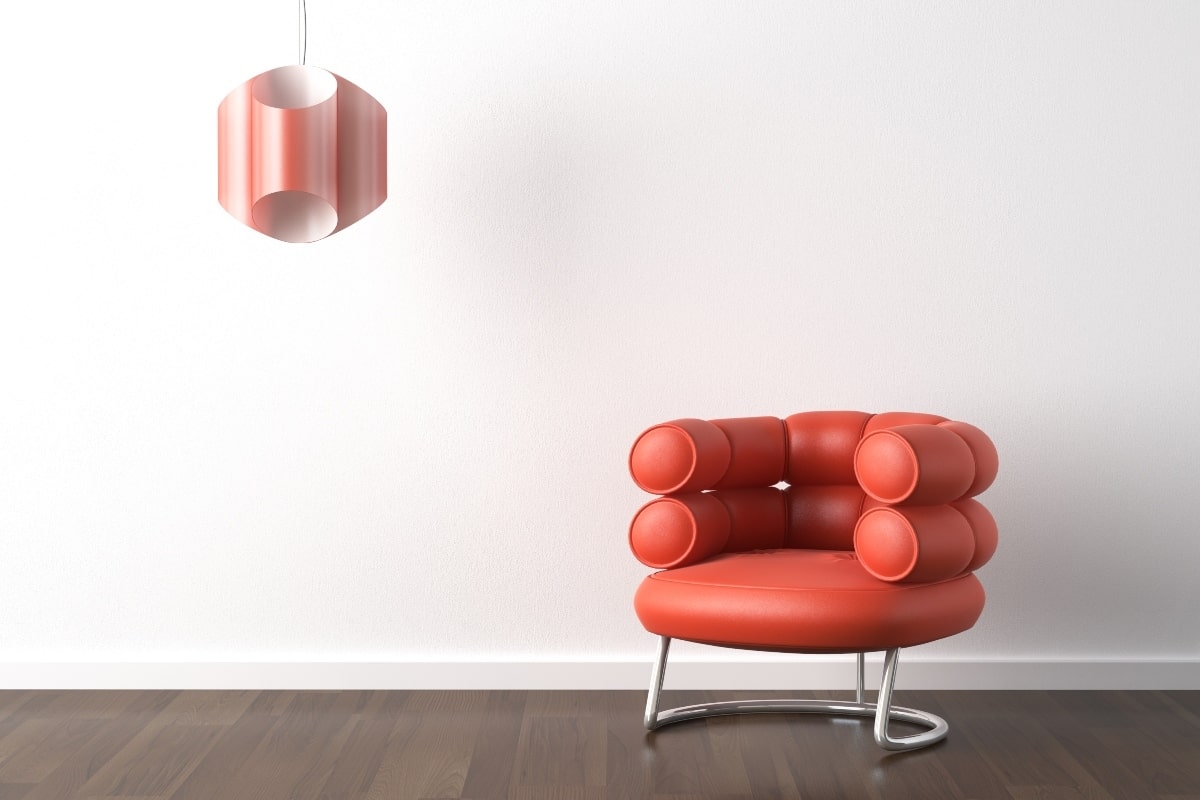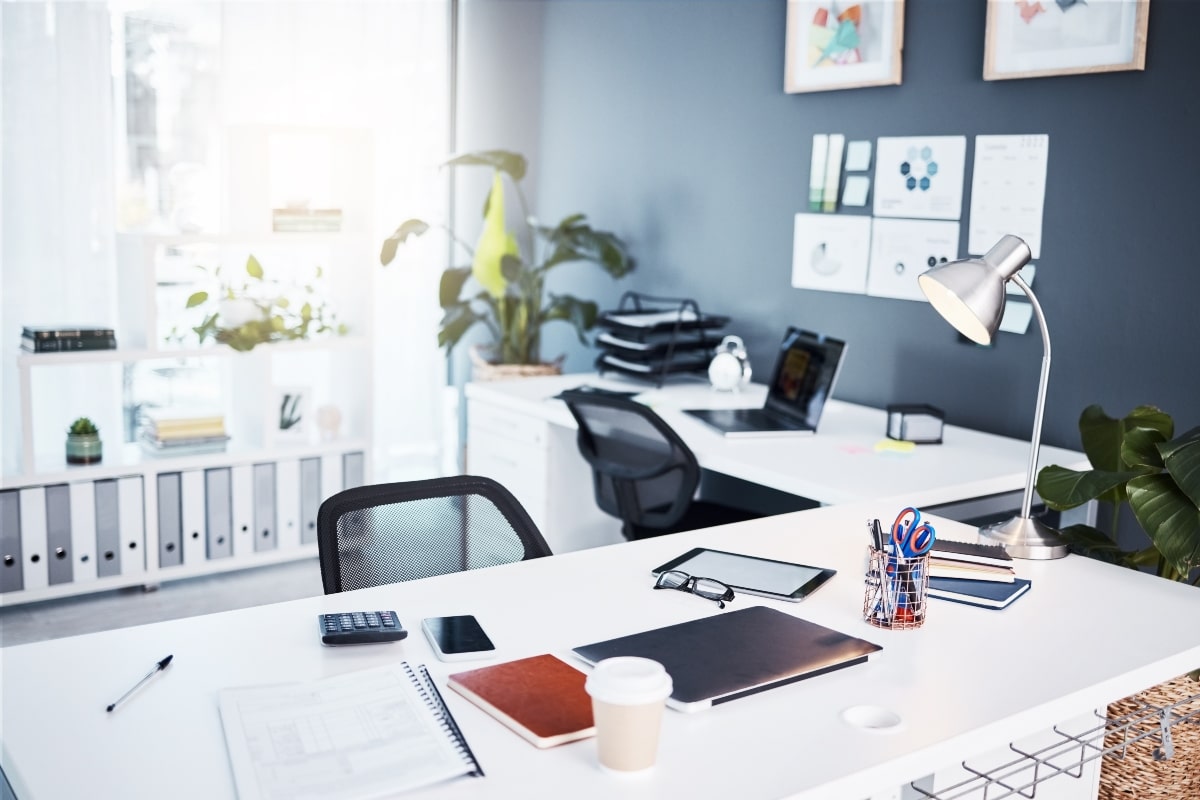Choosing between leather furniture vs fabric can significantly impact style and functionality when designing an office space. Both options have unique benefits and drawbacks, making the decision as much about practicality as it is about personal taste. In this guide, we’ll explore the pros and cons of both materials, helping you decide which is the perfect fit for your office.
Whether upgrading a boardroom or furnishing an office reception area, understanding these differences will make your decision a breeze.
Leather furniture vs fabric upholstery: What features should you consider?
When choosing the perfect seating for your workspace, the decision between leather or fabric often takes centre stage. Both options offer unique advantages, from the elegance of leather to the versatility of fabrics. But which is best suited for your office?
1. Comfort and feel
If you spend much of your working day sitting at your desk, it is essential to feel comfortable. Let’s find out how fabric vs leather chairs compare.
Leather
Leather furniture feels luxurious. It’s supportive, too, thanks to its firm texture. Initially, leather can feel firm, but over time, the leather softens and moulds to your body shape, providing a custom-like feel. It also adapts to body temperature over time, which can be a plus in cooler environments.
In hotter climates, leather seating can feel hot and sticky. Nevertheless, its luxury appeal and executive presence often outweigh these concerns in corporate settings.
Fabric
Fabric furniture stands out for its variety of textures and softness. With countless options, fabric upholstery allows you to choose the level of cushioning and comfort that suits your needs. Unlike leather, fabric offers breathability, preventing overheating during extended use. This makes fabric chairs and sofas practical for offices in warmer climates.
2. Durability: Which material stands the test of time?
Durability is essential for furniture used daily. In this section, we’ll compare how leather upholstery and fabric furniture withstand wear and tear in an office environment.
Leather
Leather furniture is renowned for its durability and stain-resistant qualities, making it ideal for office environments. It’s hypoallergenic too, so it’s suitable for almost everyone. Be aware that if you choose a leather office chair, you will have to look out for scratches, and your colour options may be limited. However, leather makes a classic choice for a sturdy office chair with timeless appeal.
Fabric
High-quality fabrics can also be comfortable and durable, although they are more prone to wear and tear. The advantage of fabric lies in its affordability and diverse colour and pattern options, enabling you to update the look of your office more frequently. However, fabric’s tendency to trap dust and the need for regular cleaning are potential downsides. You must also keep fabric furniture out of direct sunlight to prevent fading.
3. Maintenance and upkeep
Easy maintenance is another essential feature of office furniture. Let’s discover how fabric and leather chairs compare.
Leather
Leather furniture is relatively easy to clean and maintain. Spills can be quickly wiped off, and routine care often involves dusting and occasionally wiping with a damp cloth. To prevent cracks, use a leather conditioner to keep the material supple. For busy office environments, this low-maintenance aspect makes leather an attractive option.
To maintain leather’s pristine look, it must be protected from sharp objects and prolonged exposure to direct sunlight, which can cause fading or cracking. With proper care, leather furniture can retain its luxurious appearance for years, making it a practical choice for executives and meeting rooms.
Fabric
Fabric furniture requires more frequent cleaning. Regular vacuuming and the use of fabric protectors help maintain its appearance. You can also deep-clean fabric chairs with a steamer every few months to prevent the buildup of dust and stains. Protective treatments can enhance the fabric’s resistance to spills and wear. For added protection, stain-resistant treatments can extend the life and look of your fabric office furniture.
Despite the additional upkeep, fabric furniture offers flexibility in appearance. Stain-resistant fabrics and removable covers provide practical solutions for maintaining the look and feel of office furniture, even in busy environments.
4. Style and design
Maintain an attractive office environment by considering the aesthetics of leather furniture vs fabric furniture.
Leather
Leather furniture exudes professionalism and sophistication. Its sleek finish and classic appeal make it a staple in executive offices and boardrooms. Choose genuine leather for a luxurious feel or faux leather for a more affordable option. You could also consider full-grain leather, which has a longer lifespan than other varieties.
While traditional leather often comes in neutral tones like black, brown, and tan, modern options include variations in texture and leather colours to suit different aesthetics. Leather’s timeless design is ideal for creating a cohesive and high-end look. Whether your personal preferences are minimalist or traditional, leather furniture delivers a polished and professional appearance.
Fabric
With a limitless range of colours, patterns, and textures, fabric allows creative customisation to match any office decor. From bold, vibrant tones to subtle, understated hues, the versatility of fabric makes it perfect for decorating open-plan offices or creative workspaces.
5. Cost
Weigh up the pros and cons of fabric and leather office furniture in terms of your budget and long-term objectives.
Leather
Leather furniture requires a higher initial cost, but its durability and timeless appeal can prove cost-effective. In short, leather office furniture represents quality and value, rewarding your investment with durability.
Fabric
A significant advantage of fabric is the many price points, making it more budget-friendly than leather. This lower cost allows for decorating updates, making it ideal for offices that like to refresh their styling more often.
6. Sustainability
The environmental impact of your material choice is an important consideration. Find out the difference between fabric vs leather furniture here.
Leather
Leather is considered an environmentally friendly material. It’s a by-product of the food industry and reduces waste since it would be thrown away if it wasn’t used for furniture and other products. Sustainable leather is a great option for anyone who has environmental concerns. It comes from farms with sustainable practices, and non-toxic methods are used in its processing.
Fabric
Eco-friendly furniture fabrics offer a sustainable option for environmentally conscious offices. Many fabrics are recyclable and made from natural fibres, making them a positive choice.
Benefits and drawbacks of leather
Benefits of leather:
- Hypoallergenic: Leather does not trap dust, pet dander, or other allergens, making it a healthier choice for office environments.
- Appearance: Leather adds a sophisticated and professional look to any office setting.
- Easy to clean: Spills and stains can be easily wiped away, reducing maintenance efforts.
- Longevity: Leather’s durability ensures a long lifespan, providing excellent value over time.
Drawbacks of leather:
- Expensive: Leather furniture tends to be more costly upfront compared to fabric.
- Not as comfortable: Leather can feel firmer and less cosy than fabric.
- Prone to damage: Scratches and punctures can easily mar the surface of leather furniture.
- Limited colour options: Leather typically has fewer colour choices, limiting design flexibility.
Benefits and drawbacks of fabric
Benefits of fabric:
- Comfort: Fabric upholstery tends to be softer and more comfortable than leather.
- Less expensive: Fabric furniture is generally more affordable than leather options.
- Durability: Many high-quality fabrics are designed to withstand heavy use and last years.
- Many colour and pattern options: Fabric offers many colours, patterns, and textures, allowing for more customisation.
Drawbacks of fabric:
- Not as hypoallergenic: Fabric can harbour allergens, dust, and pet dander, which may require frequent cleaning.
- Regular cleaning and maintenance: Fabric requires more frequent cleaning to maintain its appearance and hygiene.
Ready to refresh your workspace?
Both leather and fabric furniture have distinct advantages. The choice depends on your office’s specific needs:
- Leather furniture: Ideal for durability, easy maintenance, and a professional look.
- Fabric furniture: Perfect for versatility, affordability, and creative designs.
Explore the Arteil range of custom-built office chairs, luxurious leather executive chairs, premium fabric upholstery, and stylish office furniture. Visit our Perth showroom or contact our team for tailored advice today!


